Search Images
Browse Content (p. 1063)
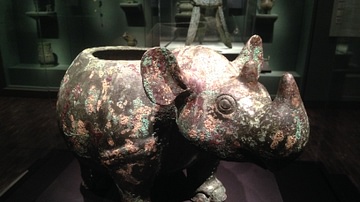
Image
Bronze Ritual Vessel in the Shape of a Rhinoceros
This bronze ritual vessel dates to 1100 – 1050 BCE (Shang Dynasty period). Unearthed in Liangshan, Shandong, the vessel, likely used to hold wine or food, is notable for its differences from other bronze ritual vessels of its time. Few...
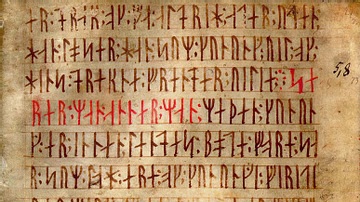
Image
Codex Runicus, Runic Manuscript
The Codex Runicus (AM 28 8vo), a manuscript from c. 1300 CE, contains one of the oldest texts of the Scanian Law (Skånske lov), here written exclusively in the Medieval Futhork runic script. It resides at the University of Copenhagen in...
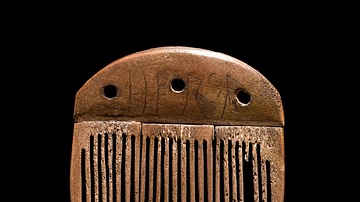
Image
Vimose Comb
This comb, known as the Vimose Comb, found in Denmark, represents the earliest inscription that is without a doubt runic. It reads "harja" (possibly meaning “comb”, or “warrior”) and is dated to c. 160 CE, and it uses runes so confidently...
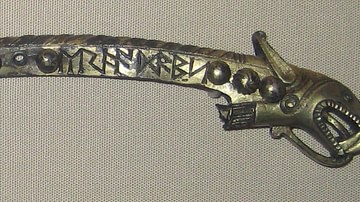
Image
Gilt Silver Fitting, Possibly Seax Sheath
This gilt silver fitting, which is possibly from a seax (an Anglo-Saxon/Germanic shortsword or dagger) sheath. The fitting, ending in an animal head with blue-glass eyes, is inscribed in the Anglo-Saxon Futhorc runic script. It was found...
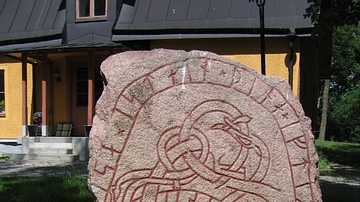
Image
Runestone from Hagby, Sweden
Runestone U 152 inscribed in the Younger Futhark runic script (c. 700-c. 1200 CE, in Scandinavia), found at the Hagby farm in Uppland, Sweden. It is decorated in the Urnes style. It reads "Holmfríðr had this stone raised in memory of Bjôrn...

Image
Hall Keep, Colchester Castle
The hall keep of Colchester Castle, Essex, England (c. 1074 CE). The sides of the keep measure 46 x 33.5 metres (151 x 110 ft).

Image
Tour de César, Beaugency
The Tour de César, castle keep, Beaugency, Loiret, France. 12th century CE.

Image
Knights in Armour, 15th century CE
Knights in armour typical of the 15th century CE. (Metropolitan Museum of Art, New York)

Image
Medieval Knight
A medieval knight (re-enactor) wearing a helmet and armour typical of the 13th century CE.
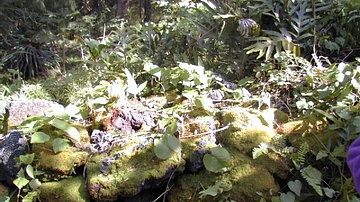
Image
Kukii Heiau Wall, Hawaii
This is a photo of one of the walls of the Kukii Heiau, an Ancient Hawaiian temple. The Kukii Heiau was built in the 15th century CE and was rebuilt in the 16th century CE.